As we walk along the beach, least terns fill the air. They’re dipping into water, flitting over our heads, landing in the sand. They’re capturing food for their chicks, resting in the sand just a short distance away.
Least terns are charismatic little birds and their chicks are even more so: little downy puffballs of white with spindly little legs. They’re waiting for the adult terns to bring them small fish to eat.
Become a Member
Make a lasting impact for nature when you join The Nature Conservancy!
And just a few years ago, I would not have seen them here. I’m visiting The Nature Conservancy’s South Cape May Meadows Preserve in New Jersey to see how the nesting areas for terns and shorebirds are being protected.
The preserve is well situated to protect nesting bird habitat. Beach access is managed to reduce human disturbance (visitors can walk through the preserve but can’t swim or sunbathe). TNC works with partners on beach restoration. Still, the birds faced another major issue: predation. Foxes, raccoons, feral cats and unleashed dogs were eating nearly all the eggs and nestlings on the beach.
I’m seeing the results of an innovative solution, one that involves fences, recorded calls and even crow effigies.
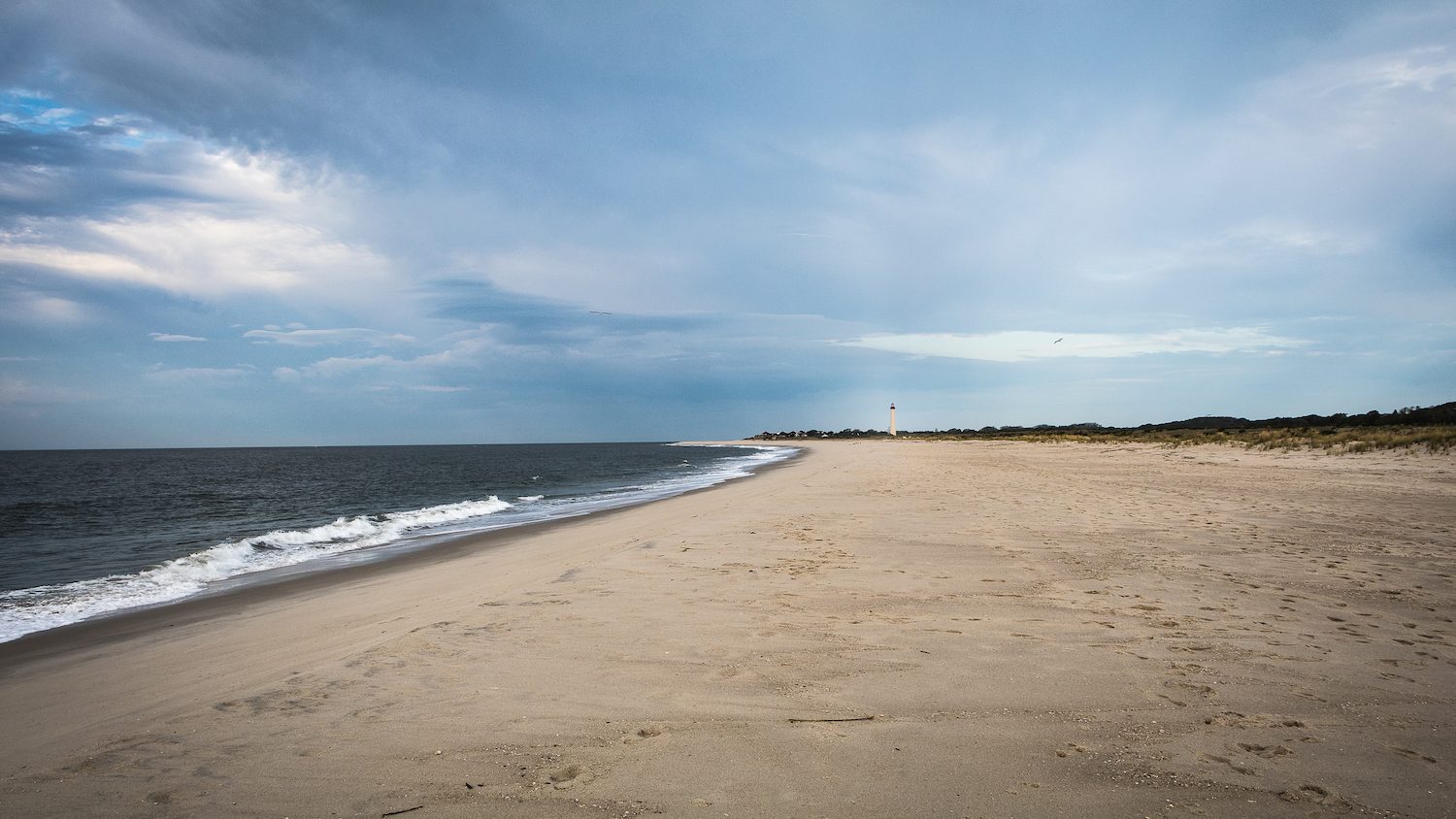
The Fox on the Beach
Invasive, predatory mammals pose a significant threat to birds around the world, especially those that nest in open areas like sandy beaches. On many islands around the globe, native bird populations have been decimated by rats, cats, mongooses and hogs.
Even the dodo – often held up as a notorious case of human slaughter – is now thought to have ultimately gone extinct due to introduced predators.
At Cape May, it’s not mongooses or rats. The predators – including red foxes and racoons – are native. But they are species that thrive near humanity. The larger predators that would have kept their populations in check are gone. Beach-nesting birds – now nesting in what are essentially little islands of protected nesting habitat – make easy pickings for opportunistic mammals.

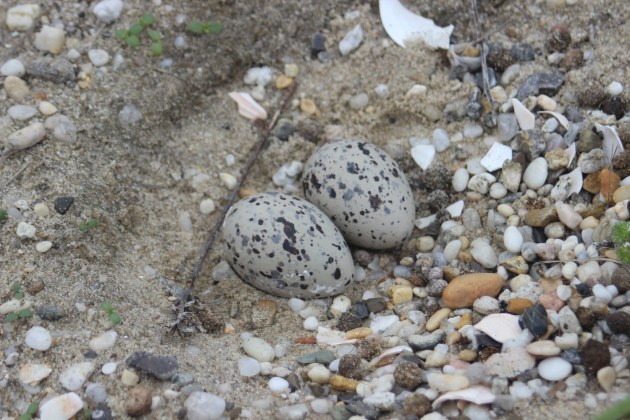
“These predators all love little bird eggs,” says Damon Noe, critical lands manager for The Nature Conservancy in New Jersey. “One fox could wipe out 100 tern eggs in a night.”
The solution for many wildlife managers is to trap predators. Noe found that unappealing and, ultimately, futile. “It would be never ending,” he says. “If you trap one predator, another would just move in and take its place.”
He saw another way, essentially creating a little nesting bird preserve within the preserve.
“I just wanted to keep the predators away from the birds,” Noe says.
He also needed to address another mammal: unleashed dogs. These uncontrolled pets disturb birds and stomp on nests as they roam. He envisioned a solution that would separate bird from mammal.
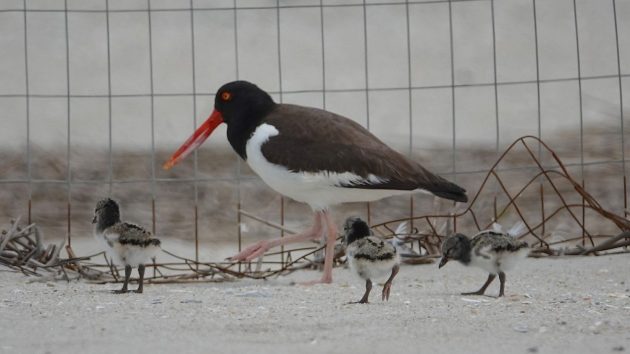
Fences, Decoys and Calls
In 2019, Noe first established two beach areas enclosed with six-foot, predator-proof fencing. At the bottom was a “skirt” that prevented the predators from digging. It would keep the mammals out. But how do you ensure the birds nested inside?
First, he placed decoys of terns and shorebirds. In the early 1900s, such decoys were used all along the Atlantic Coast by hunters. Now they’re deployed in conservation. To add to the ruse, a solar-powered call box broadcasts the sounds of nesting birds.
“The call box runs all day, then turns off at night,” Noe says.
Species including least terns, American oystercatchers and black skimmers began using the nesting area almost immediately. While predator tracks circle the enclosure, the animals themselves are unable to breach the fence.
“Since putting up the fence, we haven’t lost a bird to a mammalian predator,” Noe says.
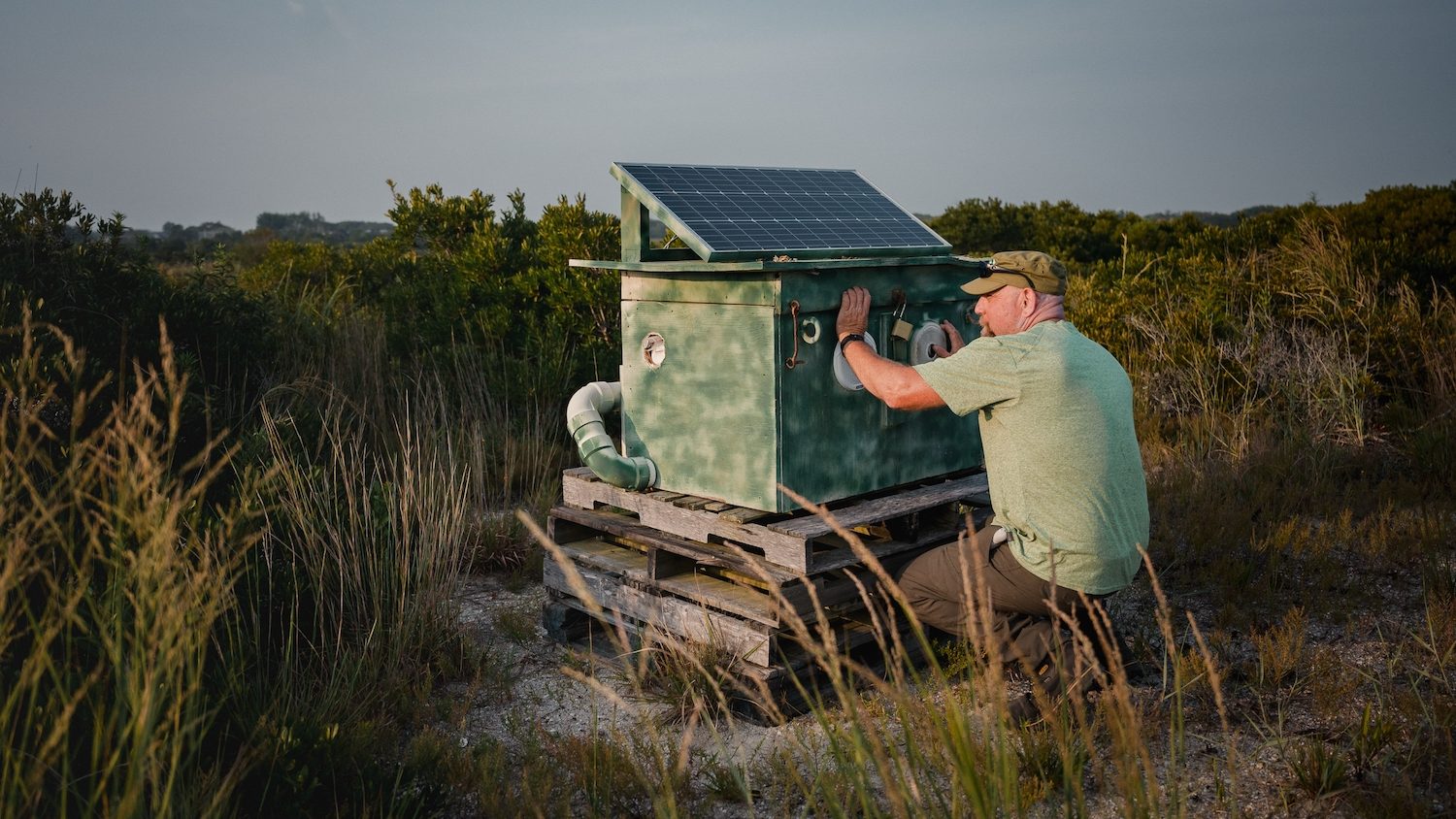
Crow Effigies
Avian predators like crows are not, of course, deterred by fences. As I pulled into the preserve earlier in the morning, crows were the first birds I saw, constantly wheeling overhead.
Crows fear their own dead, and Noe exploits this attaching crow effigies to fence. These are essentially crow decoys hung upside down, as if in some macabre avian horror movie.
“We’ve kept the crows off the beach for years,” says Noe.
Crows are smart birds, though, and could learn that the effigies are a ruse. Outwitting predators means constantly trying to stay ahead of them.
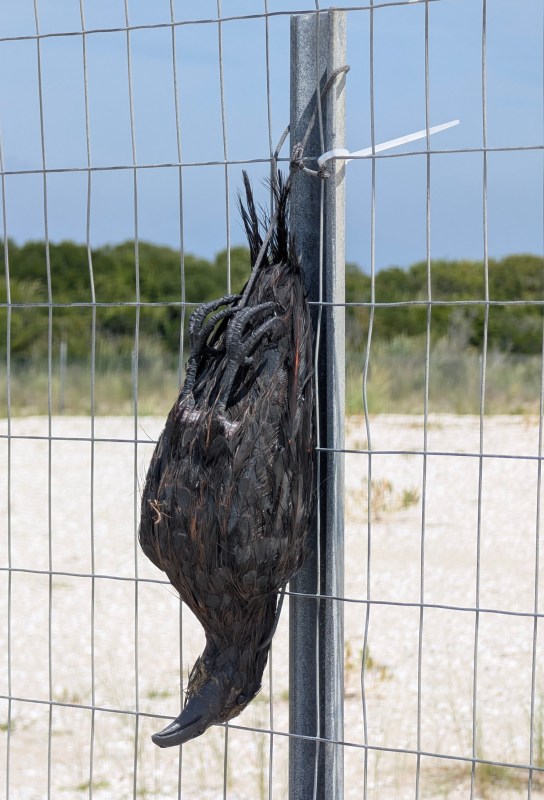
Noe also employs another simple-but-effective trick: he plays the call box of bird sounds year round, even when no birds are nesting. This is a bit of reverse conditioning, teaching the predators that there’s no point in investigating these calls on the beach.
“We’ve saturated this area with bird calls for three years,” says Noe. “If you’re a predator, you can’t keep going to the same sound and never get a food reward. It’s a waste of energy.”
All these tactics are working. This year, 80 least turns fledged on the preserve. And they’re all inside the fence. “You won’t see one outside the enclosures,” Noe says.
In 2023 and 2024, the site had the highest number of least tern fledglings in the entire state of New Jersey.
Nest predators pose a threat to nesting birds along the coast, and Noe’s hope is for it to be duplicated at other sites.
“Trapping has typically been the default solution, but I’d like to see this duplicated at other sites,” he says. “The success here is generating interest.”
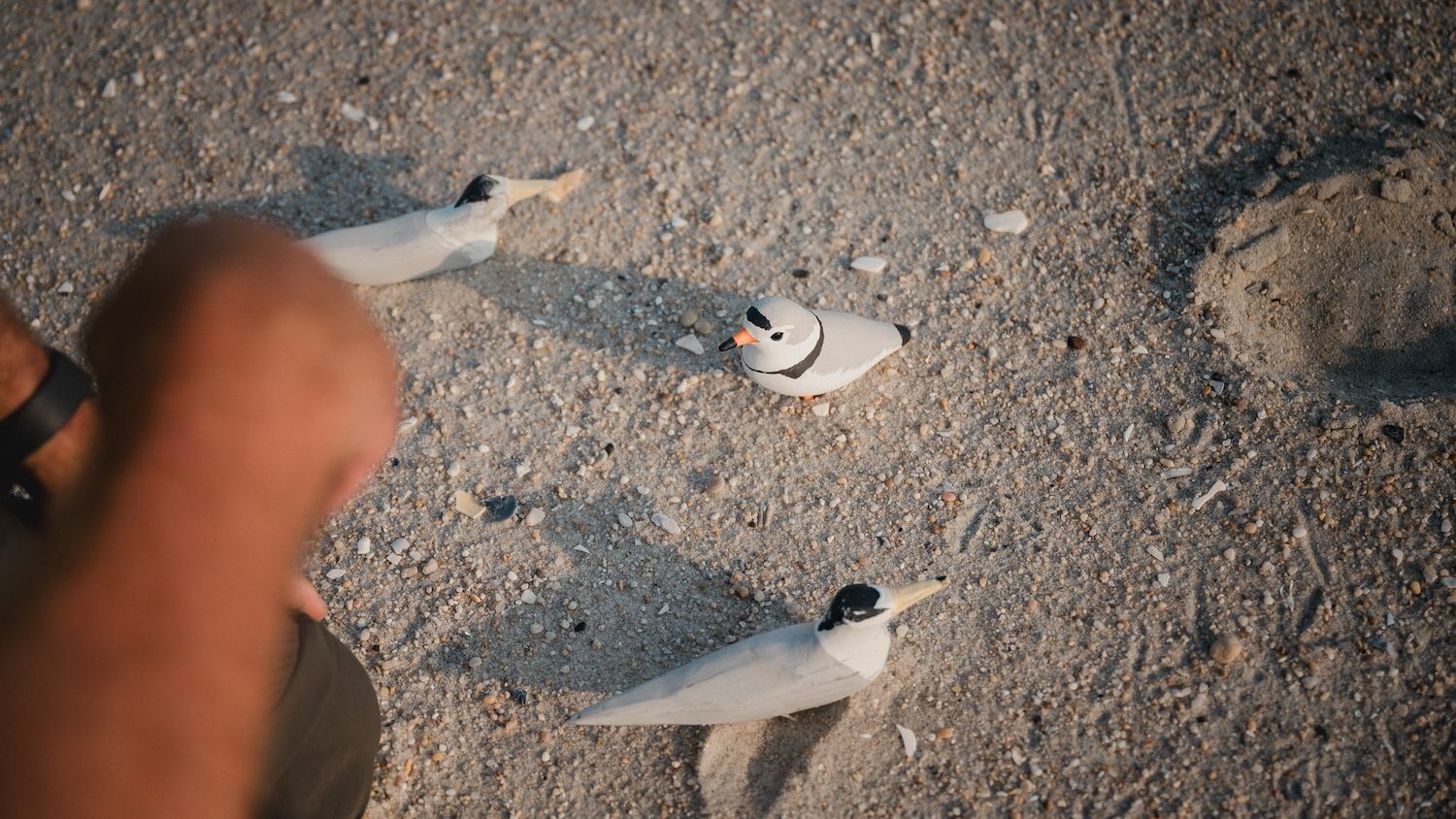
Islands of Habitat
One of the challenges of conservation is that threats don’t exist in isolation. While the predator fence is highly effective, the birds face other challenges. In recent years, the preserve experienced multiple floods, covering the whole beach in 3 feet of water.
The birds had to move or die, negating any benefit of the fence.
Noe recognized the need for the nesting habitat to be elevated. He experimented with a mound of sand, essentially a little island on the beach. It worked, but he also recognized that building and maintaining a sufficient-sized island was beyond his capacity.

He turned to the Army Corps of Engineers, the agency that routinely undertakes beach nourishment activities. He had them build three elevated islands on the beach, with shells buffering the front to withstand storms. This keeps the birds high and dry.
And they’re using these fenced islands, as my visit so clearly showed.
Cape May is a global birding destination and hosts the annual World Series of Birding each May. South Cape May Meadows Preserve is considered a must-visit location during spring and fall migrations. Warblers, other songbirds, shorebirds and waterfowl all stop to rest and refuel at this habitat.
The preserve draws some 65,000 visitors each year. Many will marvel at the migrants. They’ll see a birdy paradise, a place that offers refuge for many species on their long migration.
Part of managing a preserve, though, is to constantly look at ways to better protect species. Preserves are places of innovation and research. For the casual visitor, this preserve looks like a perfect place for nesting birds, too. But they may not see the increased flooding, or the fox sneaking around at night.
“The places available for these birds to nest have been greatly reduced all along the coast,” says Noe. “When they’re in these isolated habitats, they face threats. Without our help, I don’t see how they can survive.”
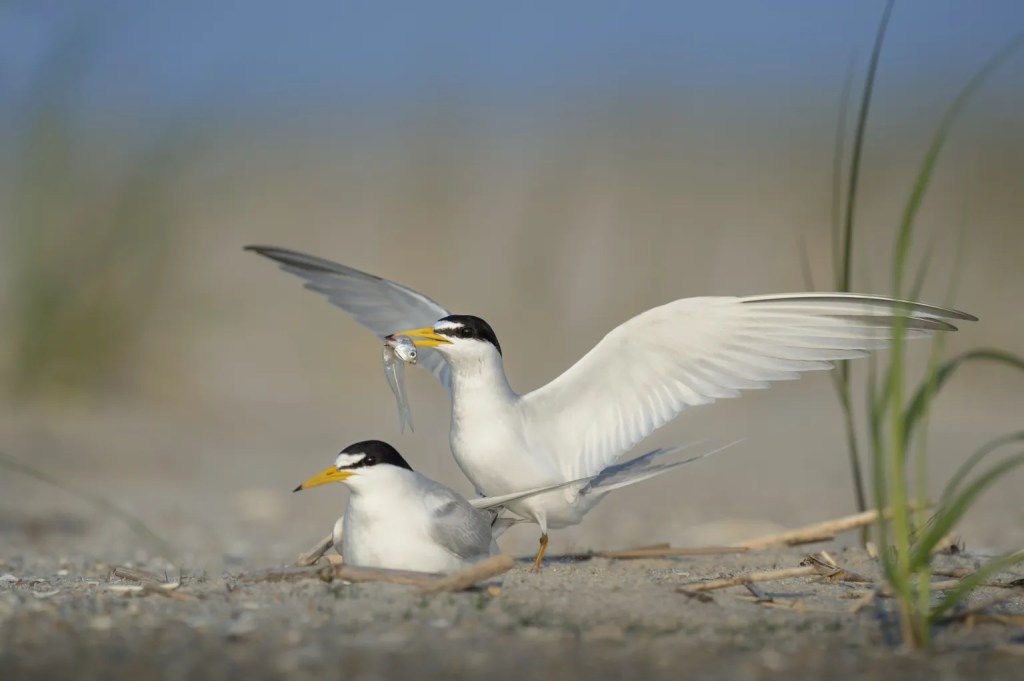



Thanks Damon! All your hard work is paying off and the data proves it. Hopefully others can copy your efforts in similarly affected areas.
Results prove all your efforts are worth it!